Historical Site of Wangin (왕인박사 유적지)
139.8516546108672m 20621 2024-01-10
440 Wangin-ro, Yeongam-gun, Jeollanam-do
The hometown of Wangin Baksa (Wangin the Great Scholar) is located at the foot of Munpilbong Peak to the east of Gurim Village. Due to Wangin’s importance and contributions to Korean history, this historical attraction is preserved and maintained in honor of his memory and achievements.
Seonggidong is the official birthplace of Wangin (marked by the Yuheobi memorial monument) and is also home to Seongcheon, the well Wangin is believed to have drunk from. Halfway up Wolchulsan Mountain are Chaekgul, Munsanjae and Yangsajae where Wangin is said to have studied as well as nurtured local pupils. To commemorate the significance of these areas, a memorial is held every March at Munsanjae and Yansanjae.
In front of Chaekgul is a statue of Wangin which is said to symbolize his benevolent character. Just west of Seonggidong is Doljeonggogae, a hill from which it is believed Wangin made a sorrowful look back at his countrymen before leaving for Japan.
Wangin departed for Japan from Sangdaepo, which at the time was an international trading port. The renowned Baekje scholar was beginning his journey at the request of Japanese Emperor Eungshin. He took with him ten books on the Analects of Confucius and a book of Cheonjamun, a text of one thousand Chinese characters. Over time, he earned the trust of the emperor and became instructor to the crown prince. Wangin is well-known for his part in the development of Japanese culture and his name appears often in Japanese history. Wangin educated beyond textbooks and made great contributions to the development of arts, crafts and music and is revered as the originator of Japan’s Asuka culture.
This historic site was originally reconstructed from 1985 to 1987 and is continually receiving improvements to improve accessibility for visitors.
Yeongam Wangin Culture Festival (영암왕인문화축제)
226.55522026129864m 20279 2024-02-19
440 Wangin-ro, Yeongam-gun, Jeollanam-do
+82-61-470-2346
Yeongam Wangin Culture Festival is held to commemorate the achievement of Korea’s Dr. Wangin, who traveled to Japan over 1,600 years ago to spread Korean knowledge, culture, and arts. Visitors can enjoy various events during the festival period.
Yeongam Gurim Hanok Village (영암 구림전통한옥마을)
916.2570828436955m 37540 2020-05-04
43-14, Gurim-ro, Yeongam-gun, Jeollanam-do
+82-61-472-0939
Nestled at the foot of Wolchulsan Mountain's western side in Yeongam-gun, Jeollanam-do, Yeongam Gurim Hanok Village has a 2,200 year-long history, stretching from the Three Han States to Proto Three Kingdom Period. The village is abundant with various historical stories and features, offering plenty of cultural tourism resources. The village includes 12 pavilions including Hoesajeong Pavilion and Gukamsa Shrine, traditional houses, stone walls, and old oak trees. Especially, 96 Korean-house accommodations including Anyongdang, Wolindang, Gukamsa, and Anhyeongung are located for tourists to stay in a traditional Hanok as well as to offer various traditional programs like paper craft, traditional wedding ceremony, rice cake-pounding, straw craft, catching fish, water activities and others. Also, Wangin Cherry Blossom Festival and Chrysanthemum Festival are held here every year.
Yeongam Pottery Museum (영암도기박물관)
1.1 Km 12607 2021-03-17
5, Seohojeong-gil, Yeongam-gun, Jeollanam-do
+82-61-470-6851
Yeongam Pottery Museum is dedicated to promoting the history of pottery in Korea, starting from the oldest known pottery coming from Gurim Village. Visitors can learn about the history of this art form through exhibitions, educational programs, and hands-on experiences. Locally produced pottery is also available for sale. Nearby attractions include the Wangin Historic Site and Ha Jung-woong Museum of Art.
Yeonhee Hanok Pension[Korea Quality] / 영암연희한옥펜션[한국관광 품질인증]
2.3 Km 0 2024-01-19
690-17 , Wangin-ro, Yeongam-gun, Jeollanam-do
+82-10-4725-3311
Yeonhee Hanok Pension is a traditional hanok guesthouse located in Gunseo-myeon, Yeongam-gun, Jeollanam-do. It is surrounded by Wolchulsan National Park, stretched out like a folding screen. There are five guest rooms, and the ondol (underfloor heated) studio room for two people comes with a kitchen where guests can cook and a bathroom for the guests' convenience. Additionally, the 6-person private room is equipped with a kitchen and a bathroom. The property has an outdoor barbecue area, and dogs are permitted upon prior request.
Wangbeot 165 (왕벚165)
2.6 Km 0 2024-02-20
165 Wangin-ro, Seoho-myeon, Yeongam-gun, Jeollanam-do
Wangbeot 165 is a locally recommended Korean restaurant that excels in both taste and atmosphere. Its signature dish is dongchunghacho baeksuk (whole chicken soup with cordyceps), a hearty soup made with chicken, dongchunghacho (cordyceps), abalone, octopus, and various medicinal herbs, boiled to perfection. The ambiance of the hanok adds to the dining experience. Located near the site of the Historic Site of Wang In, where cherry blossoms bloom in spring, diners can enjoy their meal amidst the beauty of the blossoms.
Chadam (차담)
2.8 Km 0 2024-02-20
308 Dogapsa-ro, Gunseo-myeon, Yeongam-gun, Jeollanam-do
Chadam is a hanok café located at the entrance of Dogapsa Temple in Wolchulsan National Park. Its signature menu item is the insam latte (ginseng latte), made by mixing milk with raw ginseng and honey. Other popular choices include daechu cha (jujube tea), baekhyanggwa ade (passion fruit ade), and patbingsu (shaved ice with red beans). They also sell a dessert called yeonkkulppang (bun with lotus roots, yam, red bean filling), which is unique to temples. Visitors can enjoy healing while observing the majestic Wolchulsan Mountain, which change with the seasons.
Worlindang [Korea Quality] / 월인당 [한국관광 품질인증]
2.9 Km 8235 2020-09-09
37-11, Mojeong 1-gil, Gunseo-myeon, Yeongam-gun, Jeollanam-do
+82-61-471-7675, +82-10-6648-7916
Wolindang is a hanok stay located in “Mojeong Happy Village", Gunseo-myeon, Yeongam-gun. The name “Wolindang” means “The place where the moonlight meets the chimney smoke over the forest" in Korea. It was named as such because the locals make sure the structures are in perfect harmony with the surrounding nature. With comfortable rooms and various things to do in nature, it's a great place to stay for a family vacation. Wolindang is situated on a hill overlooking the plain. There, you will see Wolchulsan Mountain to the east, Eunjeoksan Mountain to the west, and the fields in the northern part of the village. The village is most well known for its beautiful moonlight, particularly when it cascades down from the peak of Wolchulsan Mountain. It's one of the best places in the country to see the full moon throughout the four seasons. Even the guestrooms are named after the natural features of the village, such as “Mountain Sunset” where you can enjoy the beautiful sunset, “Crescent Moon” where you can feel the calm of the moonlight, and "Plain" where you can enjoy a panoramic view of the plains. There are Oriental paintings by Baek Seungdon and Kim Seungnam in each of the rooms, and that's why the rooms are collectively called "The Wolin Museum" among the locals. As you take a walk in the village, you will see many murals, which are the paintings of the 12 different landscape views seen from Wonpungjeong Pavilion at the end of the village. The murals include some poems written by the villagers. In 2005, the owner of this place moved back to this village, his hometown, and built this traditional Korean house in a large vegetable garden right below the house where his family has lived since the time of his great-grandfather. The house has all the features of a traditional Korean house, including the “numaru”, main floored room, flat stone floor, and red clay walls. The “numaru” and “toenmaru” in particular are great places to enjoy the wind and see the clear sky. Guests can enjoy a meal or tea in the "numaru" located next to the “Plain Room”. The flat stone floor is designed for floor heating from the kitchen furnace, just like the rooms in a house were heated in the past. The kitchen furnace can be used as a BBQ or to cook sweet potatoes. The floors in the room are covered with traditional Korean paper and furnished with starched sheets and blankets. There are a number of programs with nature as the theme for the guests to enjoy as well, such as the “Tea Drinking Experience” program where you get to make and drink your own green tea and yellow tea in the traditional Korean way and “Natural Dyeing Experience” where you can dye your own handkerchief or T-shirt using natural materials such as persimmon, safflower, and tree. Other programs include the cooking class where guests get to make knife-cut noodles with adzuki beans and Korean wheat dough. There is a volleyball court in the grass yard. These traditional experience programs and the large grass yard are two of the main reasons why large families choose this place to stay overnight. As such, this is one of the most recommended guesthouses for families with children or old parents planning for a trip.
Dogapsa Temple (도갑사)
2.9 Km 10293 2021-12-06
306, Dogapsa-ro, Yeongam-gun, Jeollanam-do
+82-61-473-5122
Dogapsa Temple, built during the late Silla period, has a long history and various national treasures. Approximately 100 meters from Iljumun Gate of Dogapsa Temple is Haetalmun Gate (gate of emancipation), built in 1473 with a unique design that is also designated as a National Treasure. Near the gate is Treasure No. 1134, Wooden Child Manjusri and Samantabhadra of Dogapsa Temple. A five-story stone pagoda as well as Stone Seated Buddha (a Treasure) can also be seen at the temple. A large amount of the temple was burnt down during various wars, but the remaining stones show how large the temple once was.
Muwisa Temple (무위사)
5.4 Km 18293 2019-11-20
308, Muwisa-ro, Gangjin-gun, Jeollanam-do
+82-61-432-4974
Muwisa Temple is located on Wolchulsan Mountain in Gangjin-gun, Jeollanam-do. The temple has at least 1,100 years of history as it was established sometime before the early 10th century under the name Muwigapsa Temple. The temple houses many significant Buddhist treasures.
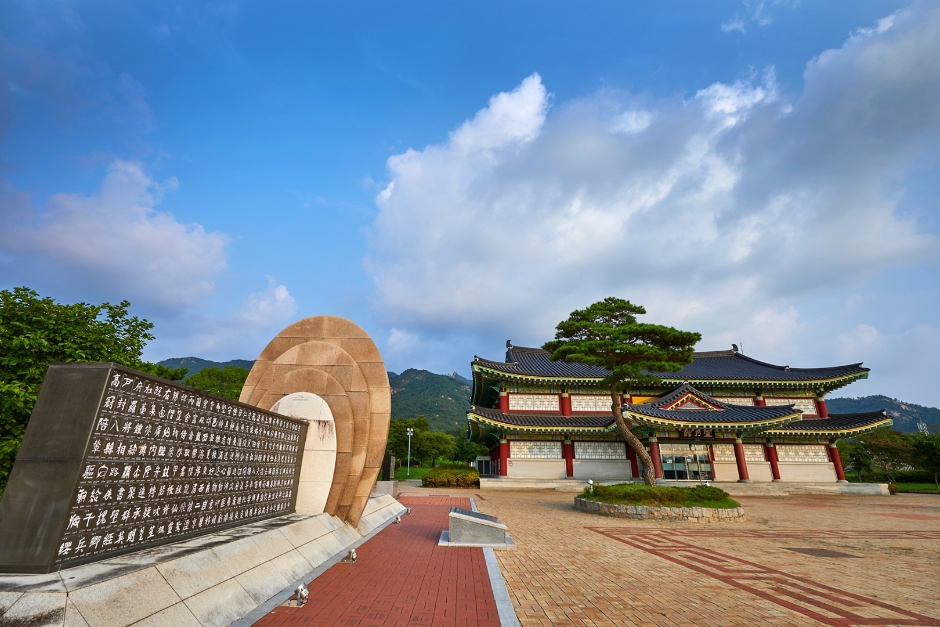
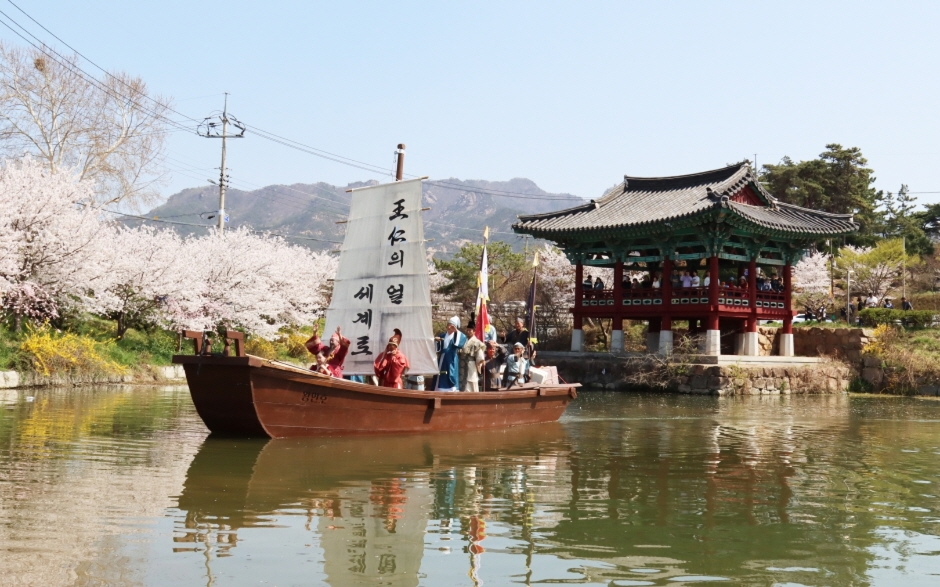
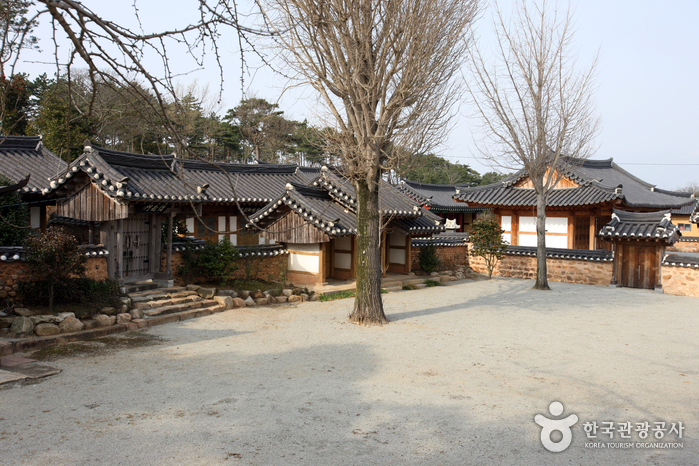
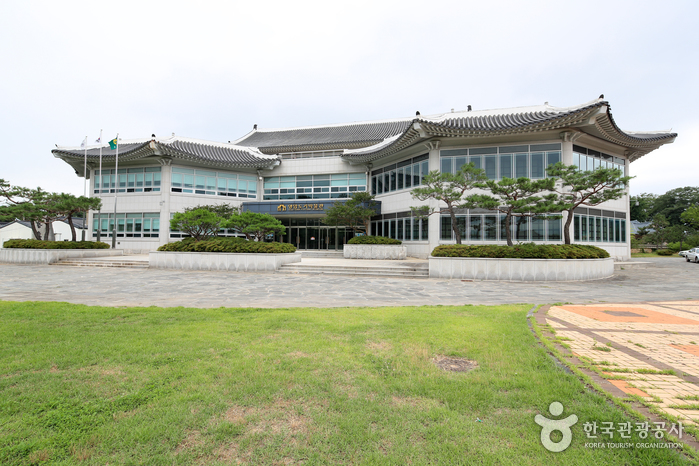
![Yeonhee Hanok Pension[Korea Quality] / 영암연희한옥펜션[한국관광 품질인증]](http://tong.visitkorea.or.kr/cms/resource/71/2809171_image2_1.jpg)
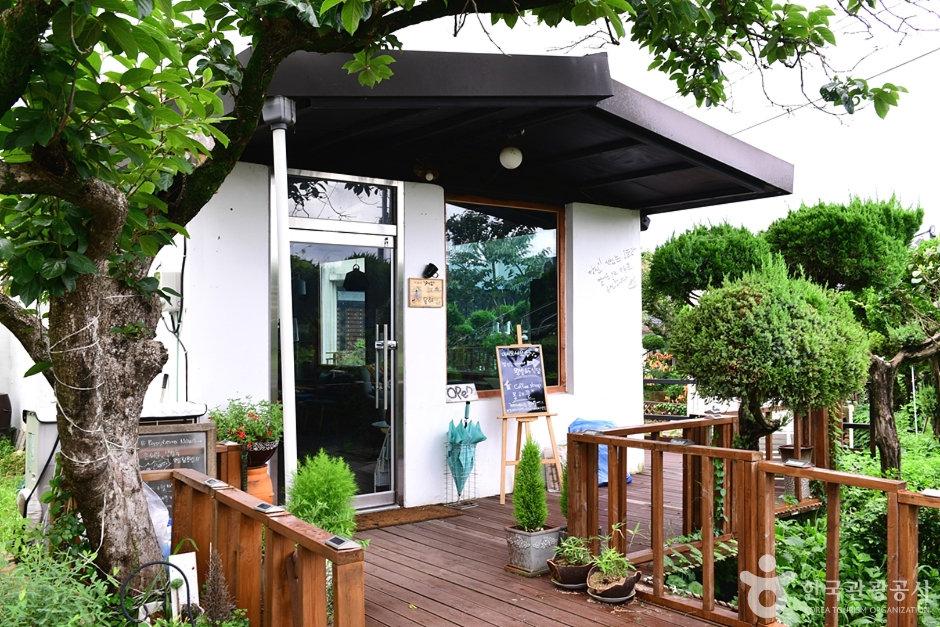
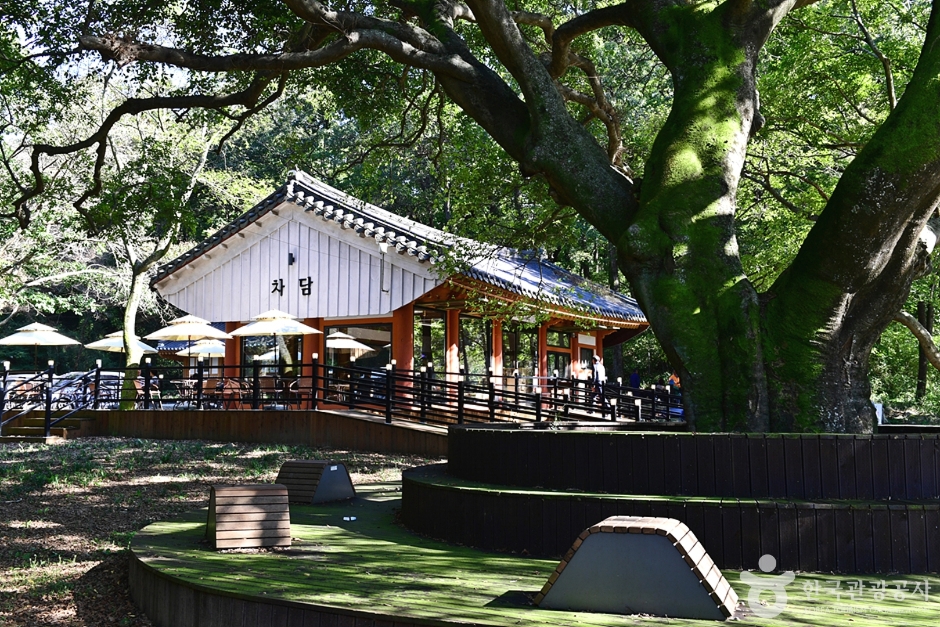
![Worlindang [Korea Quality] / 월인당 [한국관광 품질인증]](http://tong.visitkorea.or.kr/cms/resource/69/2574169_image2_1.jpg)
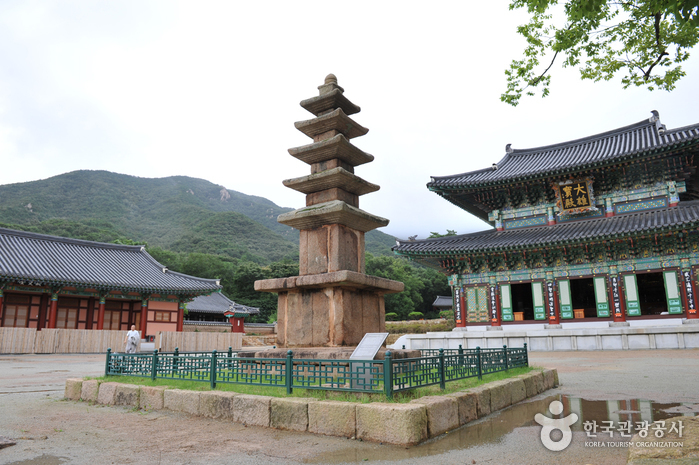
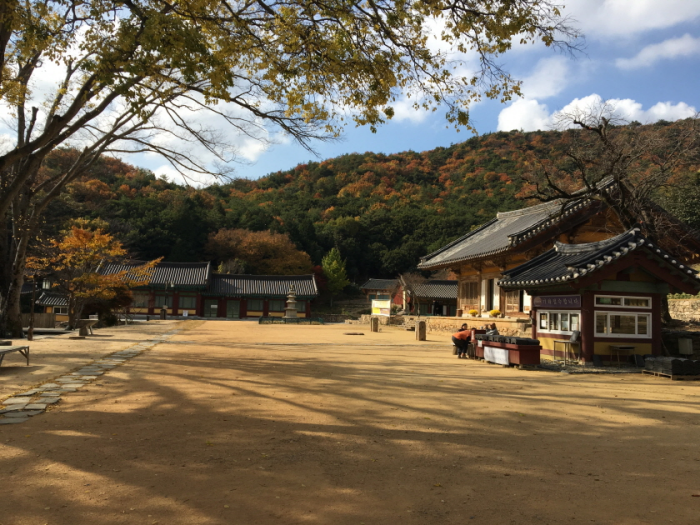
 English
English
 한국어
한국어 日本語
日本語 中文(简体)
中文(简体) Deutsch
Deutsch Français
Français Español
Español Русский
Русский